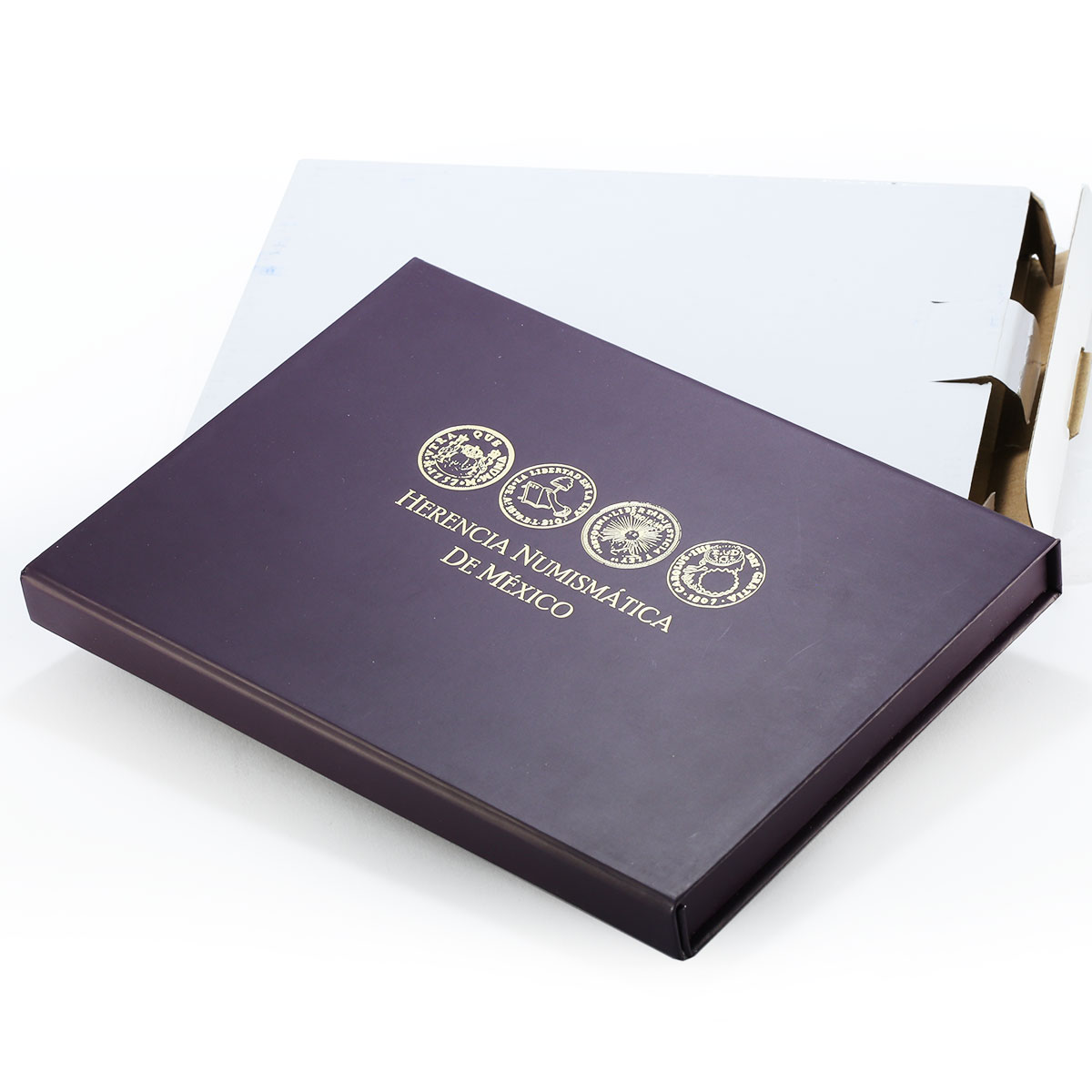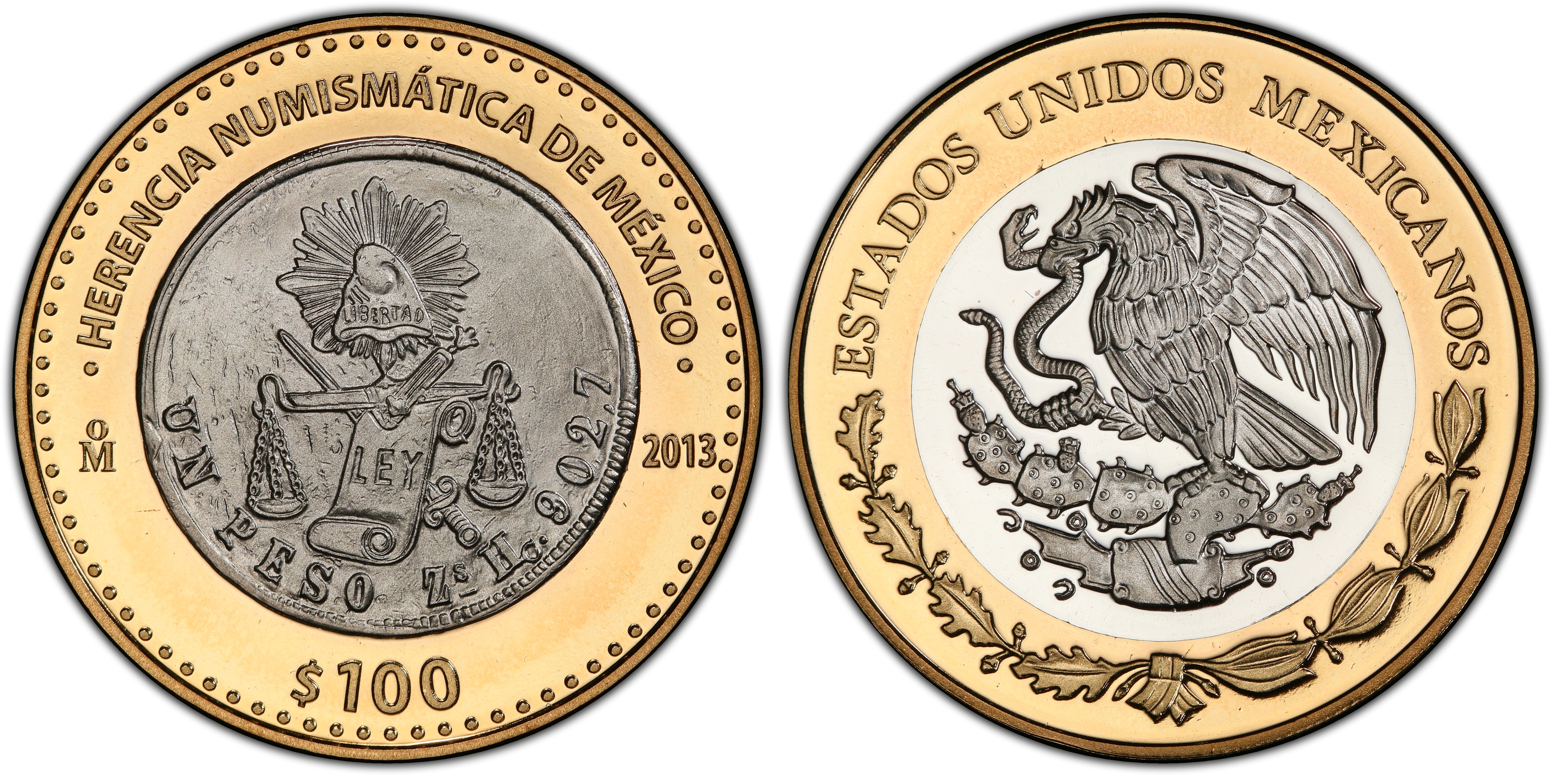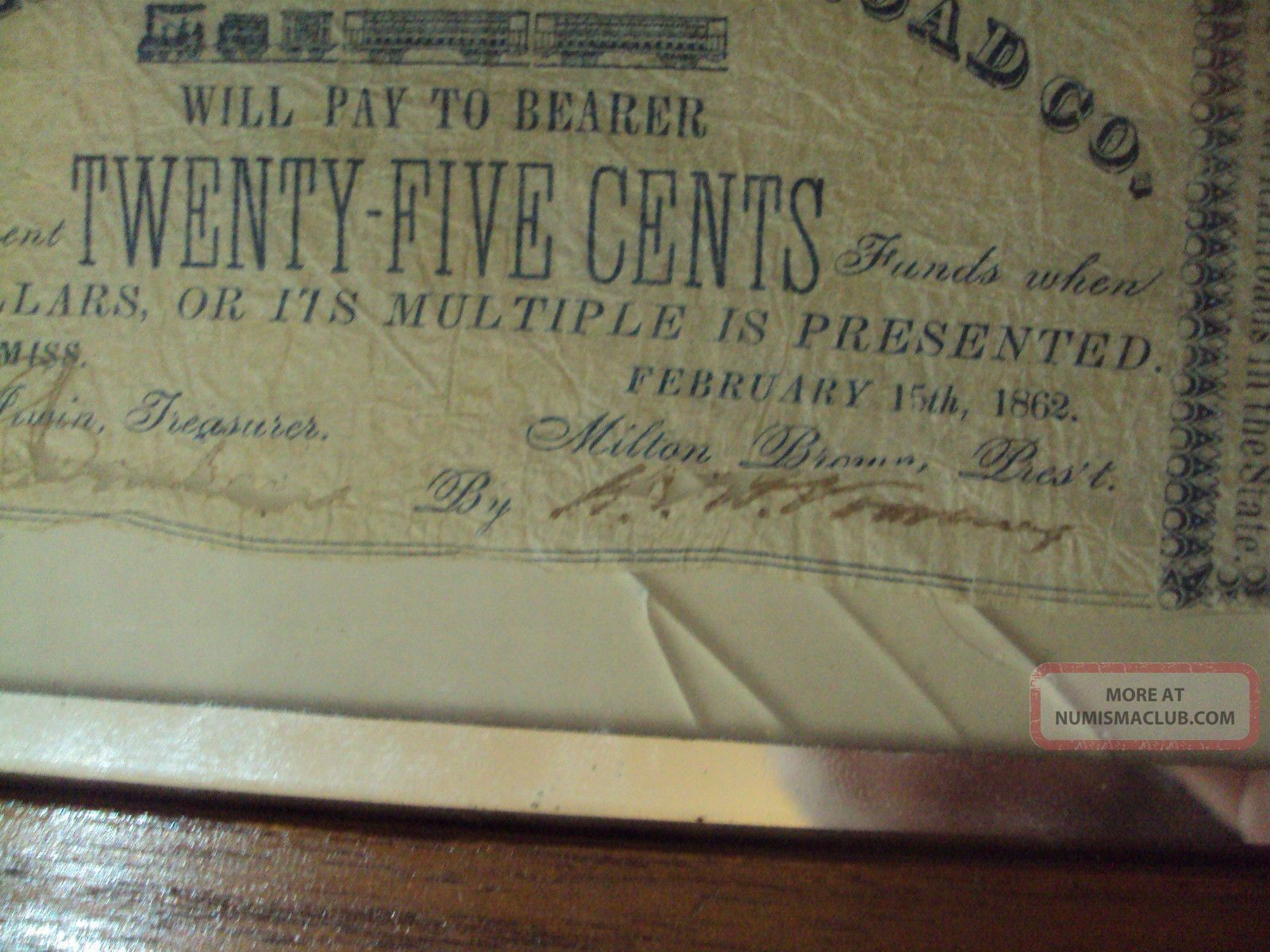Numismatic Heritage: Unveiling The Value Of Antique Currency
Numismatic Heritage: Unveiling The Value Of Antique Currency
Editor's Notes: Numismatic Heritage: Unveiling The Value Of Antique Currency have published today date. As part of the ongoing commitment to provide all the important information related to Numismatic Heritage: Unveiling The Value Of Antique Currency and also to making sure that all users of our website have access to all the relevant information and tools available to make the best financial decision. We learned that many users are looking for the latest information available about Numismatic Heritage: Unveiling The Value Of Antique Currency and that is the reason, we decided to bring forward this comprehensive piece of the article on Numismatic Heritage: Unveiling The Value Of Antique Currency.
In order to help our users make Numismatic Heritage: Unveiling The Value Of Antique Currency decision, our team and analysts have done some analysis and dug deep into information available, put together this Numismatic Heritage: Unveiling The Value Of Antique Currency guide to help our users make the right decision.
Key differences or Key takeaways
FAQ
This FAQ section provides answers to common questions and misconceptions surrounding the topic of antique currency. The information presented here aims to inform and educate readers about the intricacies and value of numismatics.
Question 1: What constitutes an antique currency?
Antique currency refers to coins, banknotes, and other forms of legal tender that are generally over 100 years old. These artifacts hold historical significance and are often sought after by collectors and enthusiasts.
Question 2: How is the value of antique currency determined?
The value of antique currency is influenced by various factors, including its rarity, condition, historical significance, and demand among collectors. Rarer coins and exceptional condition enhance value, while common coins and circulated condition generally have lower value.
Question 3: What are the different types of antique currency?
Antique currency encompasses a wide range, including ancient coins, medieval coins, paper money, gold coins, and commemorative coins. Each type holds unique characteristics, historical value, and appeal to collectors.
Question 4: Where can I buy or sell antique currency?
Antique currency can be bought and sold through reputable coin dealers, auction houses, and online marketplaces. Physical coin shows and numismatic conventions provide opportunities to connect with collectors and experts.
Question 5: Are there any risks associated with antique currency?
Investing in antique currency requires knowledge and caution. Counterfeit coins and banknotes exist, highlighting the importance of purchasing from reputable sources and having items authenticated if necessary.
Question 6: What are the benefits of collecting antique currency?
Collecting antique currency offers a combination of historical appreciation, cultural understanding, and potential financial returns. It provides an opportunity to connect with the past and gain insights into different civilizations and economic systems.
In conclusion, the value of antique currency lies in its historical significance, rarity, and condition. Collecting and investing in such artifacts require knowledge and due diligence, but it can also be a rewarding and educational experience.
For further exploration, consult with reputable numismatists, attend coin shows, and delve into the vast world of antique currency.
Tips by Numismatic Heritage: Unveiling The Value Of Antique Currency
Let us unravel the secrets of valuing antique currencies with these insightful tips.

Mexico set of 6 coins Numismatic Heritage of Mexico Series II bimetal - Source www.coinsberg.com
Tip 1: Examine the Coin's Condition: Grading is crucial. A coin's appearance and preservation directly impact its value. Inspect for any scratches, dents, or wear. Higher grades, such as Mint or Proof, indicate exceptional condition, while lower grades signify more significant imperfections.
Tip 2: Research Rarity and Historical Significance: Investigate the coin's rarity and historical context. Limited-edition coins, significant mintages, or coins linked to historical events command higher prices. Understanding the narrative behind the coin enhances its appeal and value.
Tip 3: Consider Market Trends: Track fluctuations in the coin market. Supply and demand influence coin prices. Keep up-to-date with industry news and consult reputable auction houses and coin dealers to stay informed about market trends.
Tip 4: Seek Expert Authentication: Obtain a professional opinion. Reputable coin grading companies offer authentication services to verify the coin's genuineness and grade it accurately. This certification adds credibility and increases confidence in the coin's value.
Tip 5: Explore Multiple Sales Platforms: Diversify your sales channels. Utilize online marketplaces, auctions, and coin dealers to reach a broader collector base. Compare prices and terms to optimize your returns.
Summary: These tips provide a solid framework for evaluating antique currency. By considering condition, rarity, market trends, authentication, and sales platforms, you can make informed decisions and maximize the value of your valuable coins.
Numismatic Heritage: Unveiling The Value Of Antique Currency
Numismatic heritage encompasses a captivating world where the value of antique currency extends beyond its material worth. Unveiling this value requires exploring various aspects that illuminate the historical, cultural, and economic significance of these treasured artifacts.

1910 German Empire Huge 1000 Mark Banknote Currency Red Seal Rare - Source numismaclub.com
- Historical Legacy: Coins and banknotes narrate tales of past civilizations, reflecting societal values, political events, and economic shifts.
- Artistic Expression: Antique currency often showcases intricate designs, engravings, and symbols, embodying the artistic talents of bygone eras.
- Cultural Significance: Currency has played a pivotal role in shaping cultures, facilitating trade, and symbolizing wealth and status.
- Investment Value: Due to their rarity, historical importance, and aesthetic appeal, antique currency has become a sought-after collectible with potential investment value.
- Educational Resource: Studying antique currency provides valuable insights into economic history, monetary systems, and cultural practices.
- Preservation of Heritage: Preserving and collecting antique currency safeguards our cultural heritage and ensures its availability for future generations to appreciate and learn from.
These aspects intertwine, creating a multifaceted understanding of the value of antique currency. The historical legacy encapsulated in these coins and banknotes connects us to our past, while their artistic beauty captivates the imagination. Their cultural significance reflects the evolution of civilizations, their investment potential provides financial opportunities, and their educational value enriches our knowledge. Most importantly, preserving numismatic heritage ensures that these invaluable artifacts continue to inspire and educate future generations, fostering an enduring appreciation for the monetary, historical, and cultural tapestry they represent.

2013-Mo 100 P Scale of Justice Coin Numismatic Heritage - PCGS ValueView™ - Source www.pcgs.com
Numismatic Heritage: Unveiling The Value Of Antique Currency
Numismatic Heritage is the study of antique currency, and it can be a fascinating way to learn about history, economics, and art. Antique currency can be valuable for a number of reasons, including its rarity, historical significance, and aesthetic appeal.

Rare Currency Mobile And Ohio Railroad Co 25 Cents 1862 Antique Vintage - Source numismaclub.com
One of the most important factors that determines the value of antique currency is its rarity. The rarer a coin or banknote is, the more valuable it will be. This is because rare coins are more difficult to find, and therefore more desirable to collectors. For example, a rare gold coin from the Roman Empire could be worth thousands of dollars, while a more common coin from the same period might only be worth a few dollars.
Historical significance is another important factor that can affect the value of antique currency. Coins and banknotes that were issued during important historical events, such as wars or revolutions, can be very valuable. This is because these coins and banknotes can provide a tangible link to the past, and they can help us to understand the events that shaped our world.
Finally, the aesthetic appeal of antique currency can also affect its value. Coins and banknotes that are well-designed and visually appealing can be more valuable than those that are not. This is because collectors are often drawn to coins and banknotes that are beautiful, as well as rare and historically significant.
Numismatic Heritage is a fascinating field of study that can teach us a lot about history, economics, and art. By understanding the factors that determine the value of antique currency, we can better appreciate the beauty and significance of these historical artifacts.
Table: Factors that Determine the Value of Antique Currency
| Factor | Description |
|---|---|
| Rarity | The rarer a coin or banknote is, the more valuable it will be. |
| Historical significance | Coins and banknotes that were issued during important historical events can be very valuable. |
| Aesthetic appeal | Coins and banknotes that are well-designed and visually appealing can be more valuable than those that are not. |
Conclusion
Numismatic Heritage is a valuable field of study that can teach us a lot about history, economics, and art. By understanding the factors that determine the value of antique currency, we can better appreciate the beauty and significance of these historical artifacts.
In addition to its historical and artistic value, antique currency can also be a valuable investment. Rare and historically significant coins and banknotes can appreciate in value over time, making them a good investment for collectors and investors alike.
UEFA Champions League Draw: Matchups, Predictions, And Analysis, Sevilla Vs Espanyol: La Liga Clash At The Ramón Sánchez Pizjuán, Third Grade Final Exam Results For Al Gharbia Governorate, ΑΠΟΕΛ Vs Ομόνοια Αραδίππου: Σύγκρουση Κορυφής στο Κυπριακό Ποδόσφαιρο, Dundee United V Rangers: Scottish Premiership Clash In Focus, Voyo HR: The All-in-One HR Software For Streamlined People Management, Real Madrid Extends Winning Streak With Dominant Victory Over Valladolid, Explore The World Of Radio Broadcasting With Wradio: A Comprehensive Guide, Hull City Seek Redemption Against Sheffield United In Championship Clash, Nuclear Density Gauge: Non-Destructive Density Measurement For Diverse Applications,